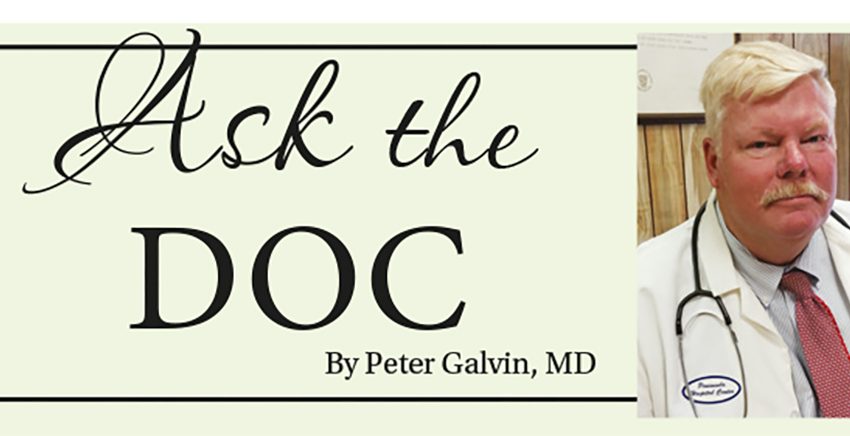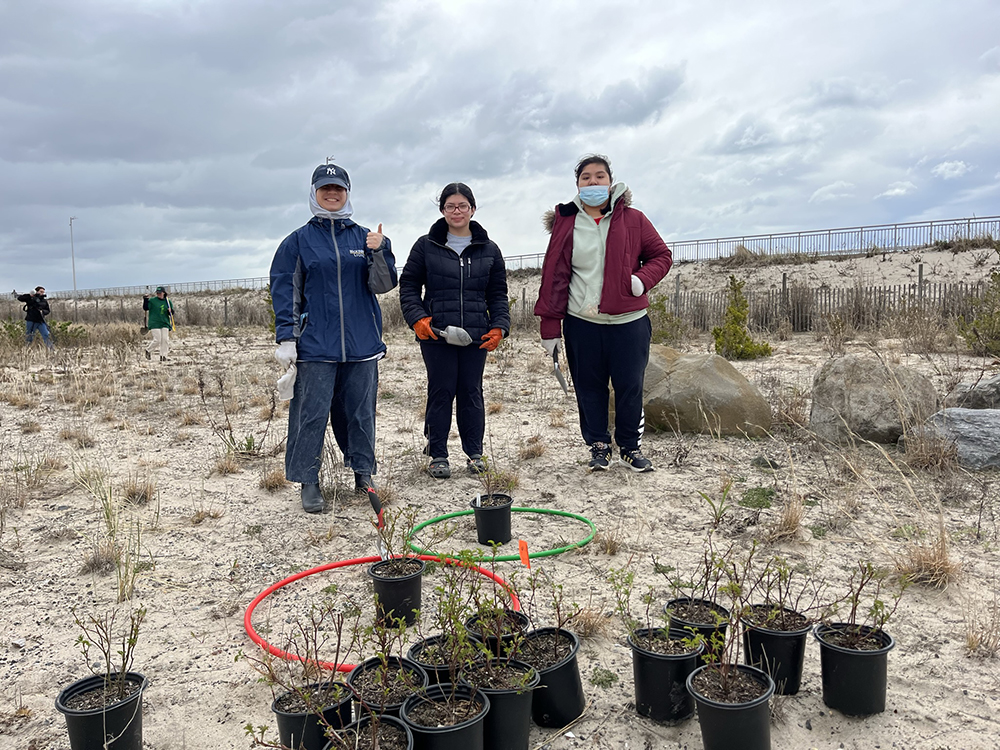Letting Go

By Peter Galvin, MD
Last July 20, my lighthearted column entitled “Going in Style” about preparing for death ran in this paper. Today, I’m going to take a more serious look at death, but from the perspective of someone witnessing the death of a loved one. Death is a natural process that we all experience, but often it is more painful for the witnesses than it is for the departing. In fact, except in rare cases, the final stages of death aren’t nearly as painful and disturbing for the dying as they are for the loved ones watching. While learning to trust the body’s natural dying process may feel absurd, according to most experts, this acceptance increases peace when death approaches. Like birth, death, at least natural, non-violent death, has its normal processes. Learning to trust the body’s process of dying gracefully increases peace at the end of life for everyone involved.
Each person’s dying process is unique, yet, like birth, the body labors through the process with common symptoms in the final weeks. Hospice nurse, educator, and author Barbara Karnes explained the dying process during a podcast interview. She said “There are natural, normal ways that we get out of our body. That’s part of how we release. Nothing bad is happening. Nothing pathological is happening.” Common symptoms of impending death include a complete loss of hunger and thirst; dry mouth; excessive sleep; bowel and bladder changes; altered consciousness, often drifting in and out of awareness in a dream-like state, possibly with visions; restlessness, fidgeting, or agitation; dropping blood pressure and heart rate, often with cool or mottled skin; a dramatic surge of energy or awareness in the last days or hours; and, at the very end, irregular breathing, gasping or gurgling, known as the death rattle.
While “the watchers” see the frail, sunken skin of loved ones, touch their cold skin, and hear their rattles and gurgles, the dying no longer feel these discomforts. Instead, they’re on a solitary journey of separation from their physical body into a more dreamlike, spiritual state. There is not much research into what actually happens as someone dies. However, we do have clues through stories and a few studies of near-death and end-of-life experiences. The theory is that at the end of life, the release of neurotransmitters such as endorphins, oxytocin, and serotonin, increase a patient’s comfort, possibly even inducing euphoria, and they are responsible for end-of-life dreams, visions, and out-of-body experiences. Ms. Karnes, having witnessed thousands of deaths, including children, is certain that dying people either encounter another dimension or the afterlife (I have witnessed many deaths and I agree).
So, the common perception of death is probably worse than the reality. When a loved one begins to rattle and gurgle, this is normal and not painful because loss of the gag reflex eliminates any discomfort from secretions in the throat. The last sense to go is hearing, so hold your dying loved one’s hand and speak to him/her. Most likely, your words will get through. When he/she converses with someone you can’t see, recalls dreams of deceased loved ones, or experiences a sudden burst of energy, remember that this is part of a beautiful and mysterious journey. Being a witness is a gift to cherish.
Please direct questions and comments to editor@rockawaytimes.com


